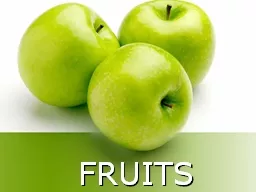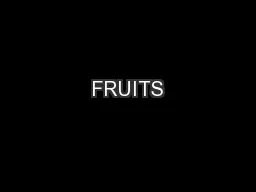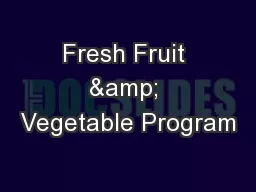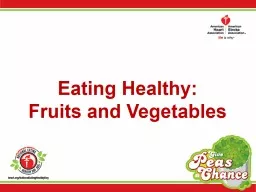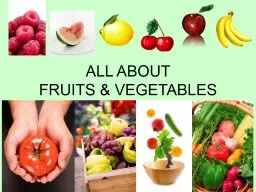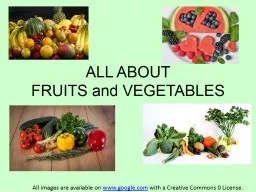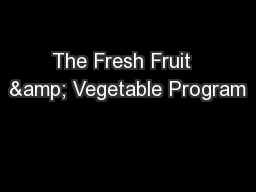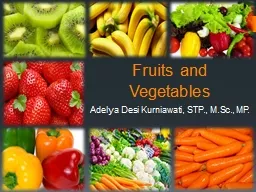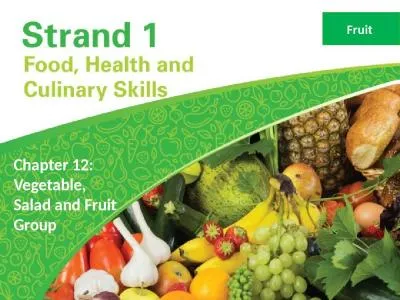PPT-Fresh-Cut Fruits and Vegetables
Author : jane-oiler | Published Date : 2015-09-24
Market amp Consumer Information August 2014 US FreshCut Produce Is An Estimated 27 Billion Market and Sales Are Increasing US Market Size US retail sales growing
Presentation Embed Code
Download Presentation
Download Presentation The PPT/PDF document "Fresh-Cut Fruits and Vegetables" is the property of its rightful owner. Permission is granted to download and print the materials on this website for personal, non-commercial use only, and to display it on your personal computer provided you do not modify the materials and that you retain all copyright notices contained in the materials. By downloading content from our website, you accept the terms of this agreement.
Fresh-Cut Fruits and Vegetables: Transcript
Download Rules Of Document
"Fresh-Cut Fruits and Vegetables"The content belongs to its owner. You may download and print it for personal use, without modification, and keep all copyright notices. By downloading, you agree to these terms.
Related Documents



